Methods in Environmental Analysis: Water, Soil and Air
Synopsis
Environment and development are the two sides of a coin. Developmental activities e.g., industrial, agricultural, transportation, constructional work, etc., cause degradation and drastic changes in every component of environment namely, hydrosphere (water), lithosphere (soil) and atmosphere (air) through pollution. In order to recognise and predict hazardous effects of pollutants, the scientific monitoring of these environmental components is essential. For this purpose, the quantitative characterization of water, soil and air is the prerequisite. It gives us an idea about the seriousness of pollution problem in these three environmental components. This would also help in focusing on the extent to which pollution control is required and generate real concern among policy planners. Books are available on different aspects of pollution and environmental engineering, but literature regarding methods of quantification of pollutants and characterization of water, soil and air is meager. This text is a compilation of some tested and widely used analytical methods of characterizing water, soil and air from environmental pollution point of view. The text is divided into sixteen chapters and two appendices dealing with procedures quantifying various physical, chemical and biological aspects. The introductory part of water, soil and air as a component of environment is also included in a simple and explanatory manner to give better insight of the subject. Hopefully, the technical information contained herein will prove useful to students, teachers, scientists and analysts studying/working in the field of biological and applied sciences, more specifically, in the fields of environmental science, ecology, plant science, forestry, soil science, agronomy, horticulture, geology and hydrology.
Read more
52.20
46.98
$
58.00 $
Free delivery Wolrdwidе in 10-18 days
Ships in 2-4 days from New Delhi
Membership for 1 Year $35.00
Get it now and save 10%
Get it now and save 10%
BECOME A MEMBER

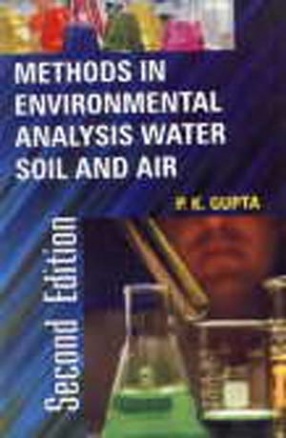
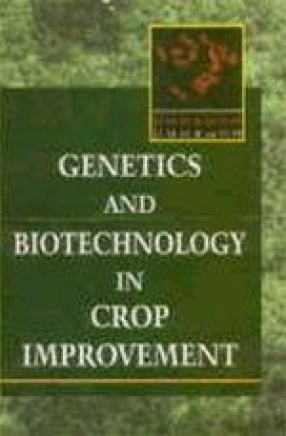
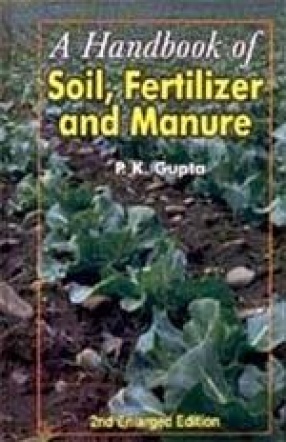
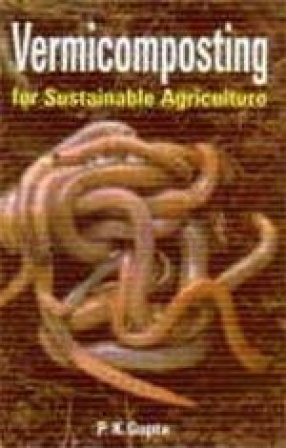
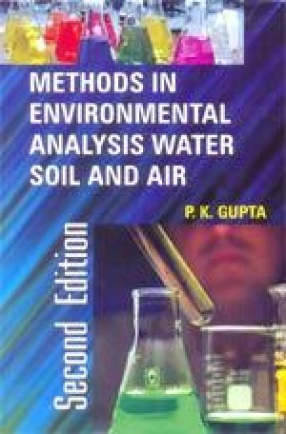
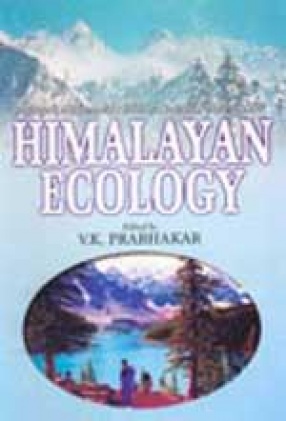
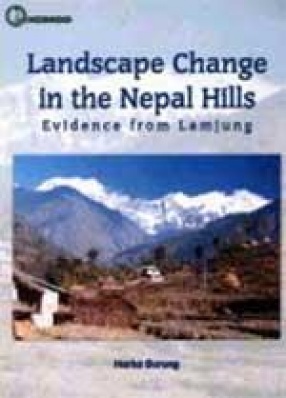
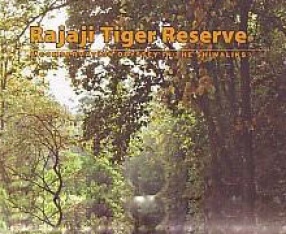
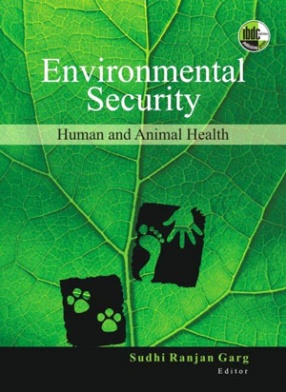

Bibliographic information